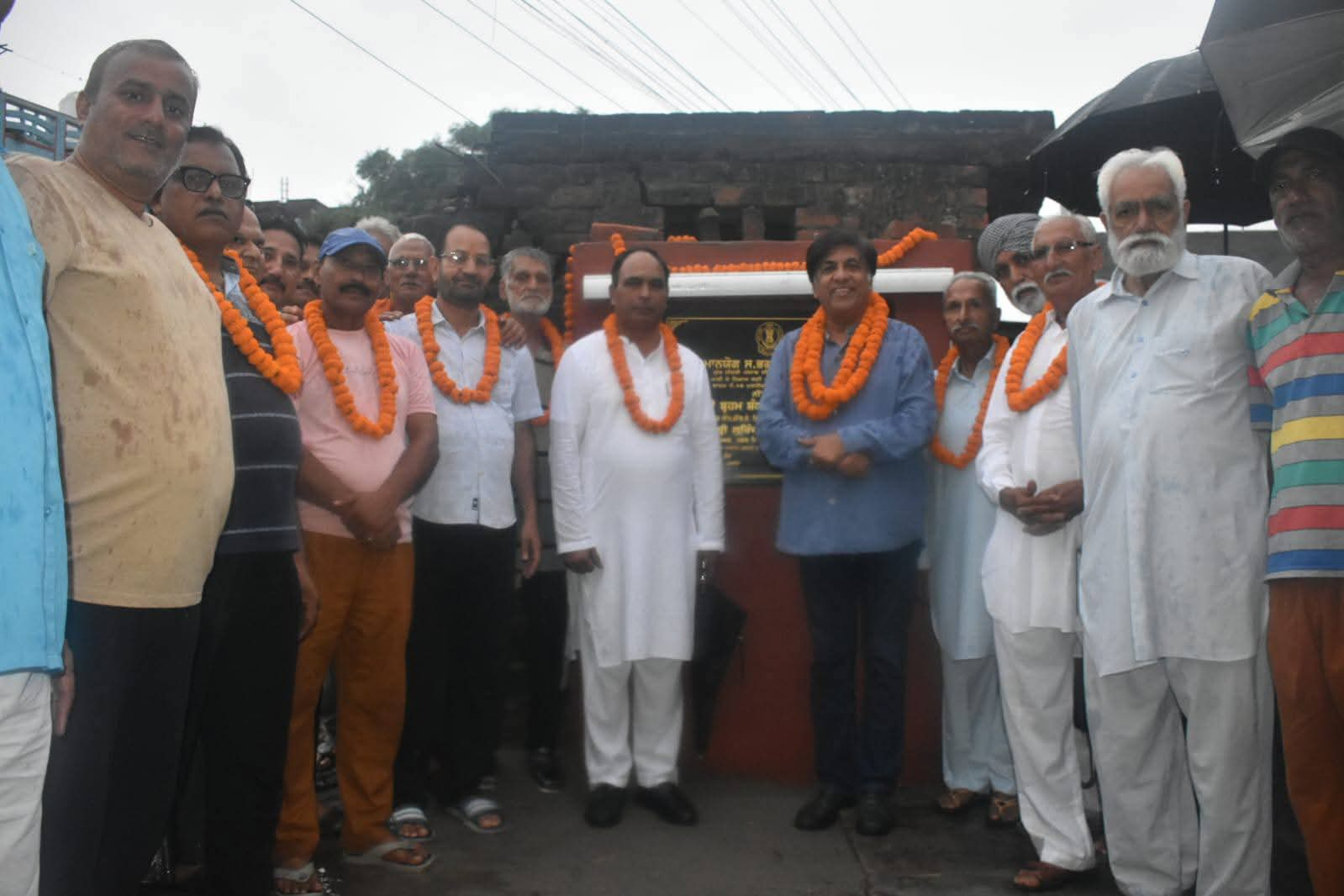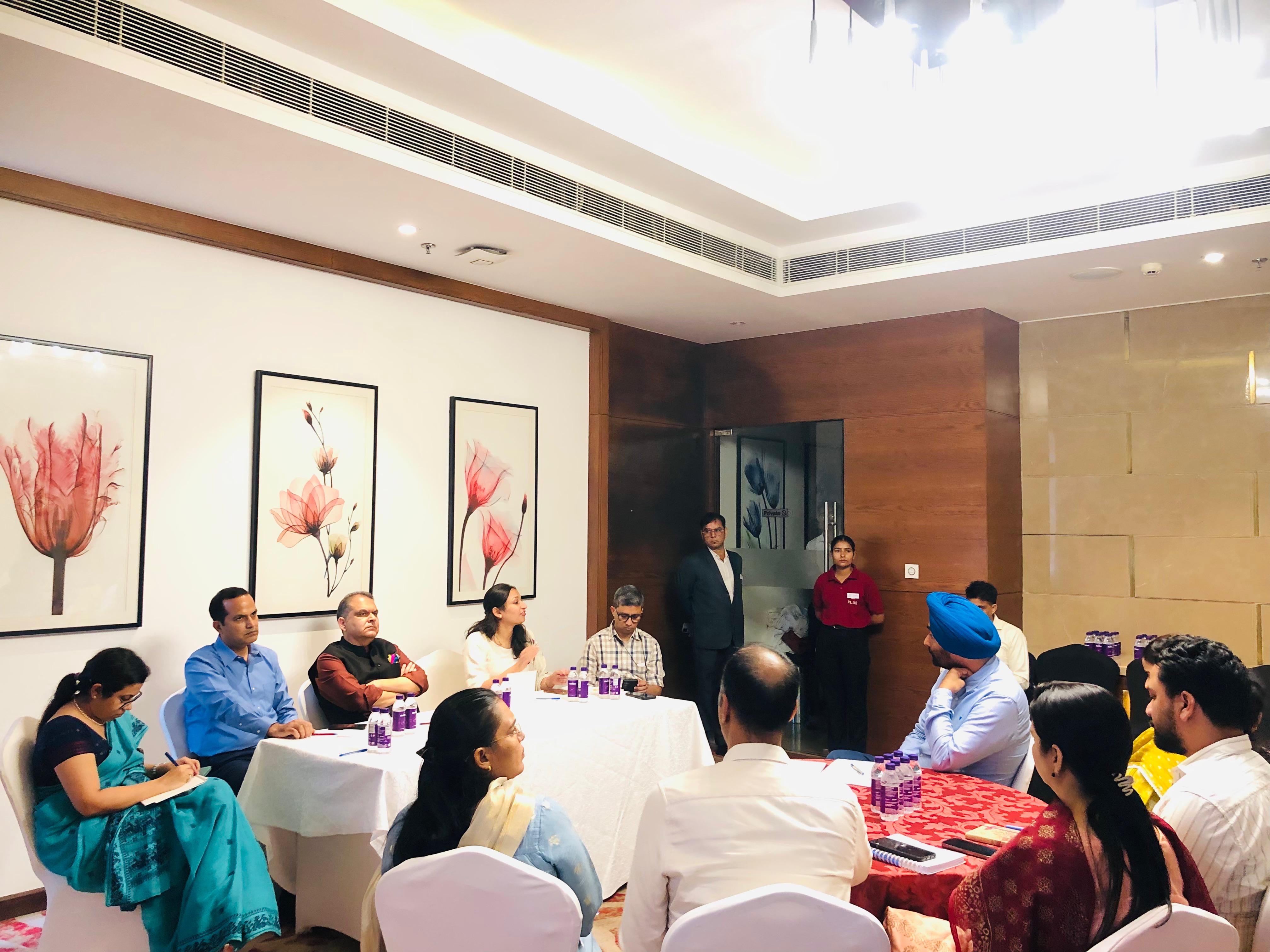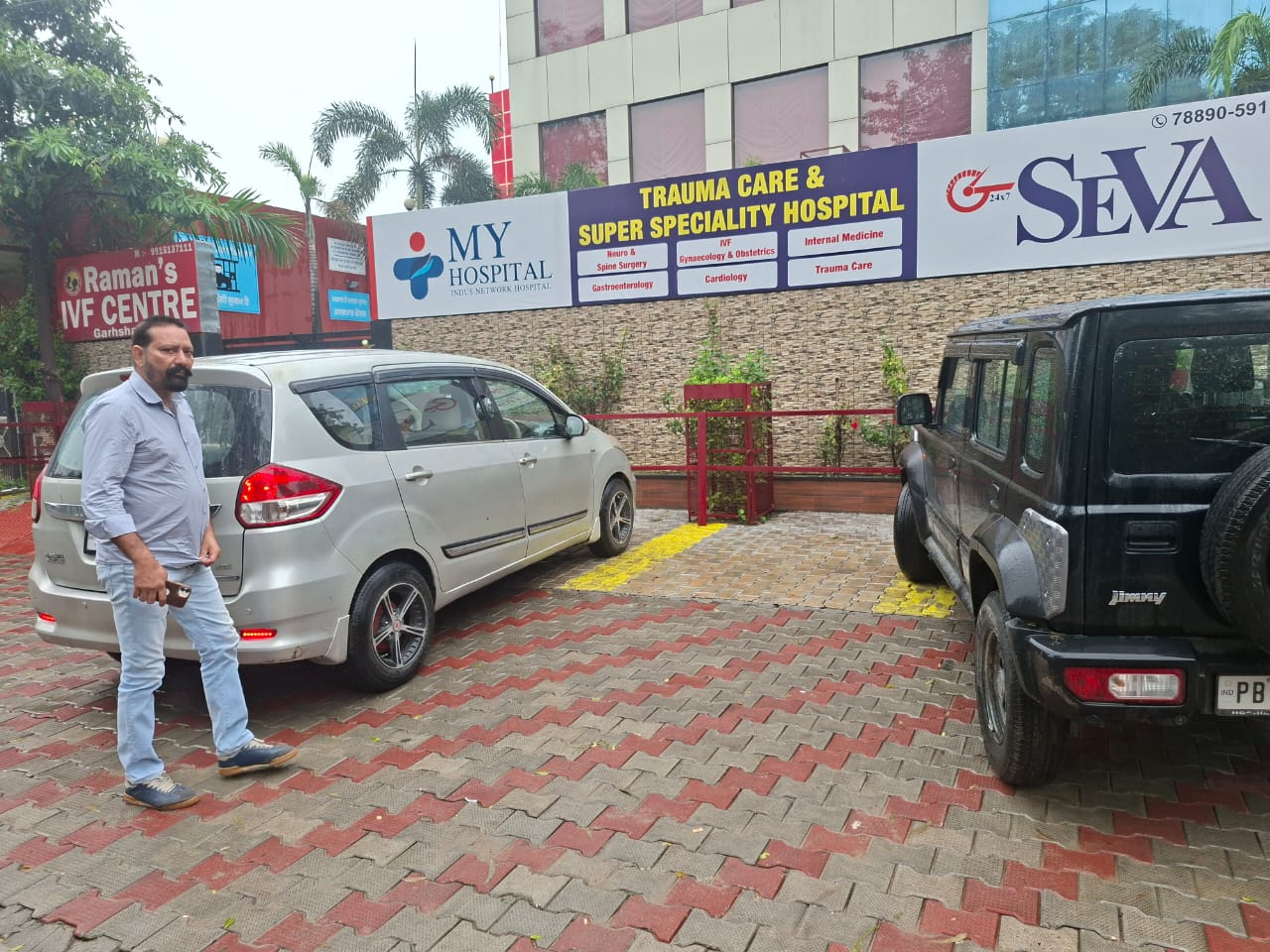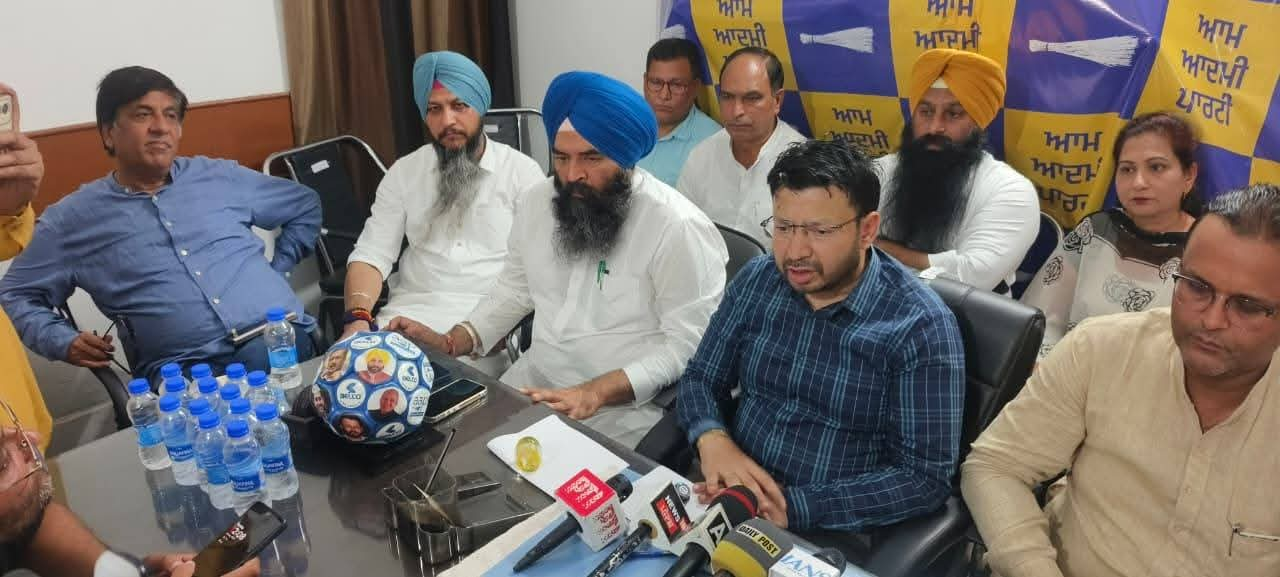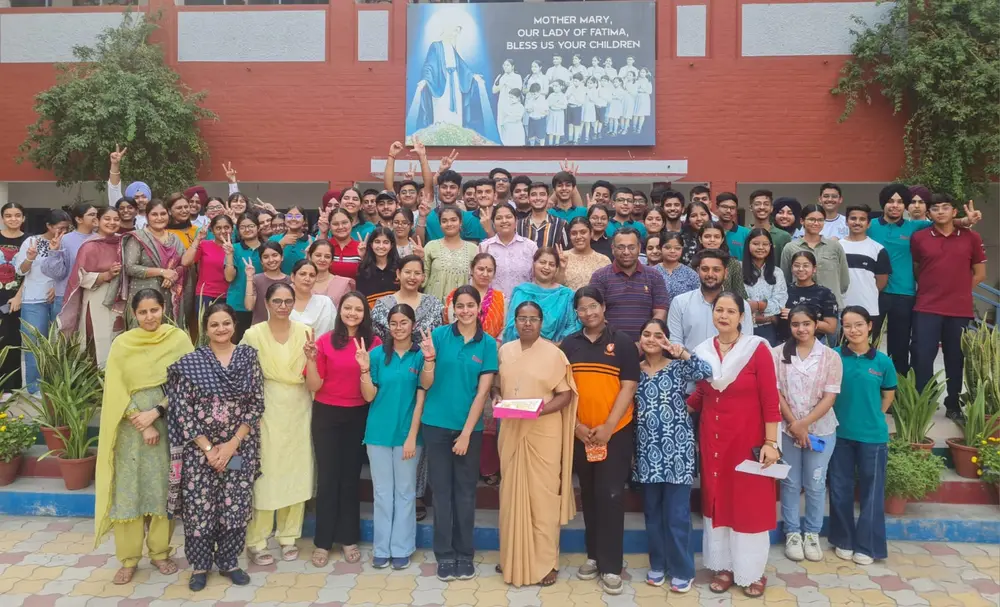
Excellent performance of students of Our Lady of Fatima Convent Secondary School in Class X
Patiala:- Our Lady of Fatima Convent Secondary School is always known for its academic quality. This time too, the performance of the students of Class X in the CBSE Board examination was hundred percent. Chahna and Kriti Goyal secured the first position in the school by securing 98.6% marks.
Patiala:- Our Lady of Fatima Convent Secondary School is always known for its academic quality. This time too, the performance of the students of Class X in the CBSE Board examination was hundred percent. Chahna and Kriti Goyal secured the first position in the school by securing 98.6% marks.
Sehajpreet Kaur secured 97.6% Anika and Vanshika secured 97.4 marks, bringing glory to the parents, teachers and the school. 132 students appeared in the examination, out of which 61 students secured more than 90% marks. Apart from this, 53 students secured 80% and above marks, 12 students secured 70% and above marks and six students secured 60% and above marks.
This institution has always been known for its high moral values. Many students have made the institution proud by scoring 100 marks in different subjects. The Principal of the school, System Immaculate, expressed happiness and said that the intellectual determination, dedication and hard work of the students have borne fruit. He also said that the proper guidance of the teachers and the support of the parents are also very commendable. The school always wishes the students a bright future.


